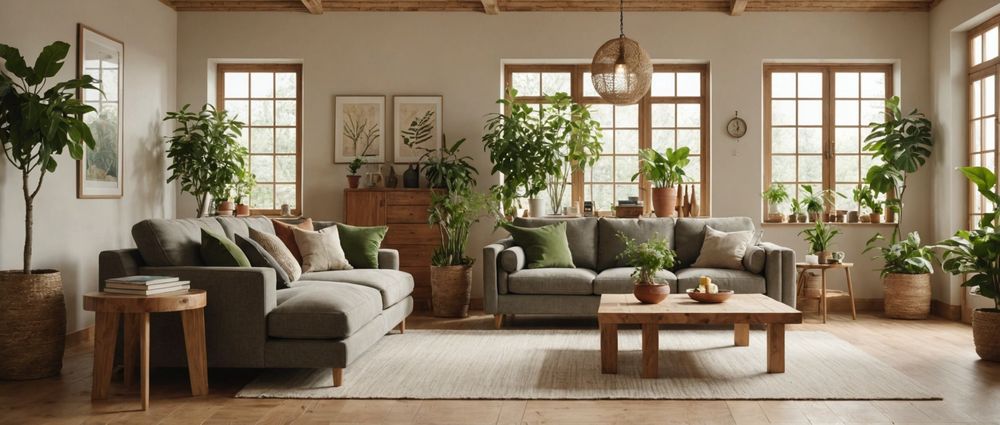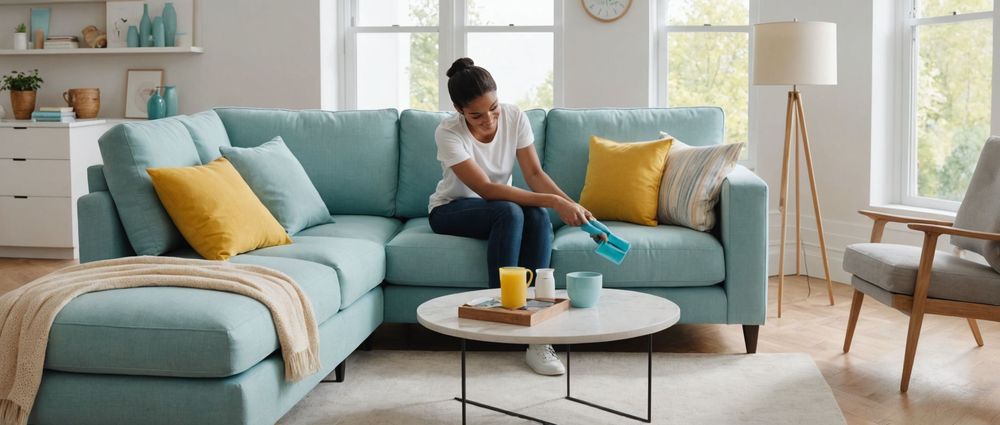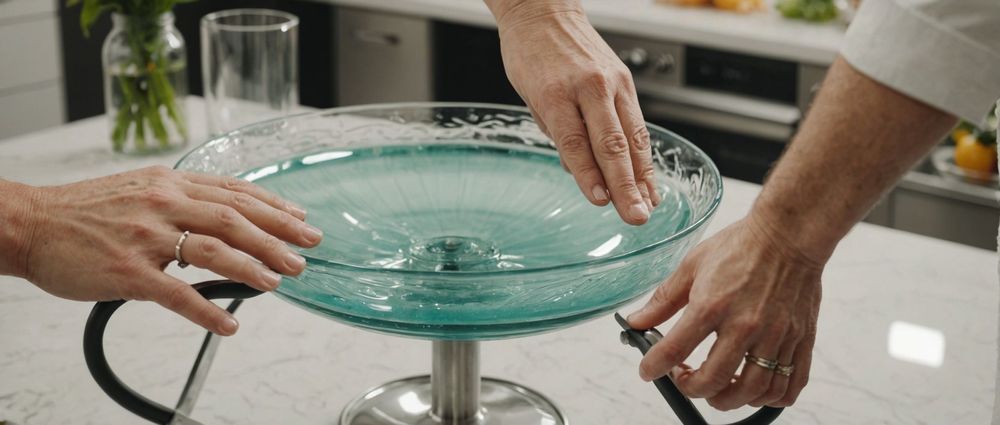Cleaning furniture without chemicals is not only beneficial for the environment, but it also ensures the health and safety of your family. Using natural alternatives can effectively remove dirt, grime, and stains while maintaining the integrity of your furniture. In this article, we will explore various methods and solutions that can help you achieve clean furniture using non-toxic ingredients commonly found in your household.
Understanding Natural Cleaning Solutions

Natural cleaning solutions are made from non-toxic, biodegradable ingredients that are safe to use around children and pets. These solutions can be as effective as their chemical counterparts while being environmentally friendly. The key to successful natural cleaning lies in understanding the properties of various ingredients and how they can be utilized to tackle different types of stains and materials. Here are some effective natural ingredients you can use:
- Vinegar: A powerful acid that breaks down dirt and grime.
- Baking Soda: An abrasive substance that helps lift stains and absorbs odors.
- Lemon Juice: A natural disinfectant with a fresh scent that can cut through grease.
- Olive Oil: Great for polishing wood furniture and adding luster.
- Castile Soap: A gentle and versatile soap that can clean a variety of surfaces.
Cleaning Wood Furniture

Wood furniture is often a focal point in home décor but can easily accumulate dust, fingerprints, and stains. To clean wooden surfaces naturally, follow these simple steps:
- Start by dusting the surface with a microfiber cloth to remove loose particles.
- Mix a solution of one part olive oil and one part vinegar in a spray bottle.
- Spray the solution lightly onto the cloth rather than directly onto the furniture to prevent oversaturation.
- Gently wipe the surface with the cloth, following the grain of the wood.
- For tougher stains, sprinkle baking soda onto the affected area, let it sit for a few minutes, and then gently scrub with a damp cloth.
This approach not only cleans but also conditions the wood, leaving it with a natural shine.
Cleaning Upholstered Furniture
Upholstered furniture can harbor dirt, stains, and odors over time. Here’s how to clean them naturally:
1. Begin by vacuuming the upholstery to remove loose debris and dust. Make sure to use the upholstery attachment to get into crevices.
2. For general cleaning, mix one cup of water with one cup of white vinegar and a few drops of Castile soap in a spray bottle.
3. Lightly mist the fabric with the solution, avoiding saturation, and then blot with a clean cloth to lift stains.
4. For stubborn odors, sprinkle baking soda over the upholstery and let it sit for at least 15 minutes before vacuuming it off.
5. Test any solution on a hidden area first to ensure it does not discolor the fabric.
This method is effective at refreshing your furniture while also being safe for everyday use.
Cleaning Glass and Metal Furniture
Glass and metal furniture needs a different approach, as they require a formula that cuts through grease and streaks. Here’s a simple method:
1. Combine equal parts water and vinegar in a spray bottle. This mixture serves as a great glass cleaner.
2. Spray the solution lightly on the surfaces of your glass or metal furniture.
3. Wipe with a lint-free cloth to avoid streaks. For persistent fingerprints or oil smudges, add a little dish soap to the vinegar and water mix for extra cleaning power.
4. Rinse the cloth frequently for the best results in achieving a sparkling finish.
5. Remember to dry the surfaces completely to prevent water spots on the glass or rust on the metal.
With these techniques, your glass and metal surfaces will shine without the use of harsh chemicals.
Conclusion
Cleansing your furniture without chemicals is a sustainable and safe approach that can enhance your living space. By utilizing familiar household ingredients, you can effectively remove dirt and stains, while also promoting a healthier environment for your family. Whether you’re dealing with wood, upholstery, glass, or metal, natural cleaning methods can be both simple and effective. Incorporating these practices into your cleaning routine will not only protect your furniture but also contribute to a cleaner planet.
FAQ
1. Can I use essential oils for natural cleaning?
Yes, essential oils can be added to your natural cleaning solutions for added antibacterial properties and pleasant fragrances. Just ensure you dilute them properly in water or vinegar.
2. Are natural cleaning solutions effective for tough stains?
While natural solutions may take slightly longer for tough stains compared to chemicals, they are often effective for many common household spills and stains, especially with some time and scrubbing effort.
3. Is it safe to clean wood furniture with water?
Using water directly on wood can cause damage if not done carefully. It’s best to use a damp cloth with a cleaning solution rather than applying water directly to the surface.
4. How often should I clean my furniture naturally?
It depends on usage, but a general rule is to dust regularly and clean thoroughly every few months or when you see visible stains or odors.
5. Can I use the same cleaning solution for all furniture types?
While some cleaning solutions can be versatile, it’s best to use specific mixtures tailored to each type of material to ensure optimal results without causing damage.


